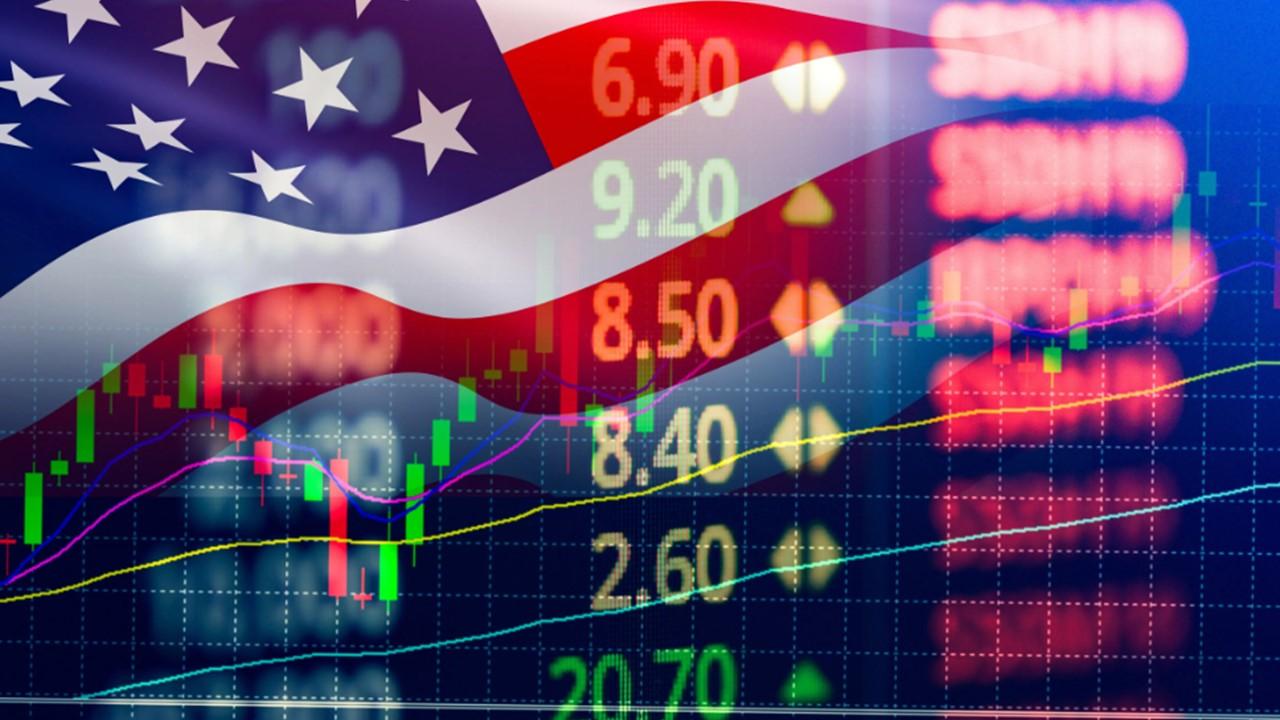
Recently, the January report on consumer inflation was published. This is probably the most important statistical report that will influence the U.S. Federal Reserve’s decision, to be announced following its meeting on March 16. In December, the Consumer Price Index rose 7% but in January the inflation rate reached 7.5%, the highest since Feb. 1982.
Notably, the increase in prices was observed in a wider range of product categories than in previous months. The rising costs of energy, food and housing have been factors in increasing consumer inflation in the past. However, price pressure is now being noted in the cost of health care, for example.
There are two findings after analyzing the inflation report. First, consumer inflation in the U.S. has likely not reached its peak yet. Second, due to its already elevated levels, inflation later in 2022 will begin to slow down, but the rate of decline will be much slower than previously assumed.
The Fed’s role is to promote maximum employment and stable prices. Given the current pattern of U.S. inflation, the market’s fear that the Fed could raise rates by 50 basis points in March are not baseless. There is a high probability of six increases by 25 basis points and there is a 62% probability of a seventh by the end of the year to leave rates at 1.5-1.75% or even 1.75-2%.
There may be a negative reaction in the U.S. stock market in the coming months due to monetary policy change, which we partially observed at the end of 2021 and the beginning of 2022. This reaction is normal, since rising interest rates cause elevated discount rates to be applied to assets, which in turn decreases their valuations.
Overall, however, the United States’ macroeconomic situation continues to look positive, on the back of high employment and projected increase in gross domestic product growth. The latest statistical data show that the labor market has recovered to pre-pandemic levels with unemployment below 4%. GDP growth for the fourth quarter of 2021 also came out stronger than expected at 6.9%, and 5.7% overall for the year of 2021. The Fed’s outlook for 2022 remains positive with an expected GDP growth of 4%. Economic growth is often associated with revenue and profit growth, which in turn boosts share valuations.
The S&P 500 fell 5.3% in January, with a key reason being that the Fed, in response to the high level of inflation, signaled that the rate hike cycle will begin in March. At the same time, it should be understood the impending tightening of monetary policy will only lead to its normalization. Logically, a healthy economy no longer needs ultra-low interest rates that are close to zero. There are positive aspects of the Fed’s new policy: It is aimed at reducing inflation and ensuring sustainable economic growth. In other words, the cycle of increasing interest rates does not have to be seen as negative, as it is intended to have a stabilizing effect. It can also positively impact the stock market. Research corroborates this by showing that after the start of a rate hike cycle, on average, the market continues to grow.
To date, interest rates are expected to rise at least four times in 2022. The earnings forecast for S&P 500 companies for the fourth quarter of 2021 indicate earnings growth of around 22% year on year. We are in the middle of reporting season; its successful conclusion can calm the market, meaning that in the future, investors would be able to focus more on the operating performance of companies.
Overall the current macroeconomic conditions remain favorable for investing in U.S. stocks, at least in the medium term, especially focusing on companies that offer competitive products in their markets and can provide long-term sustainable growth in revenue and profits.

Leave a Reply
You must be logged in to post a comment.